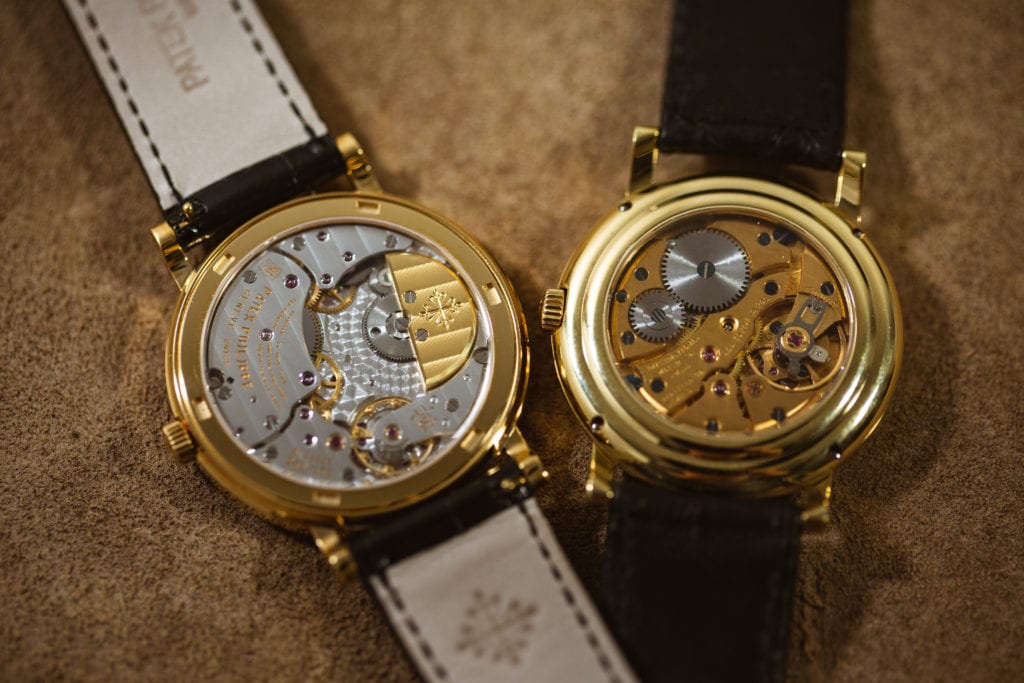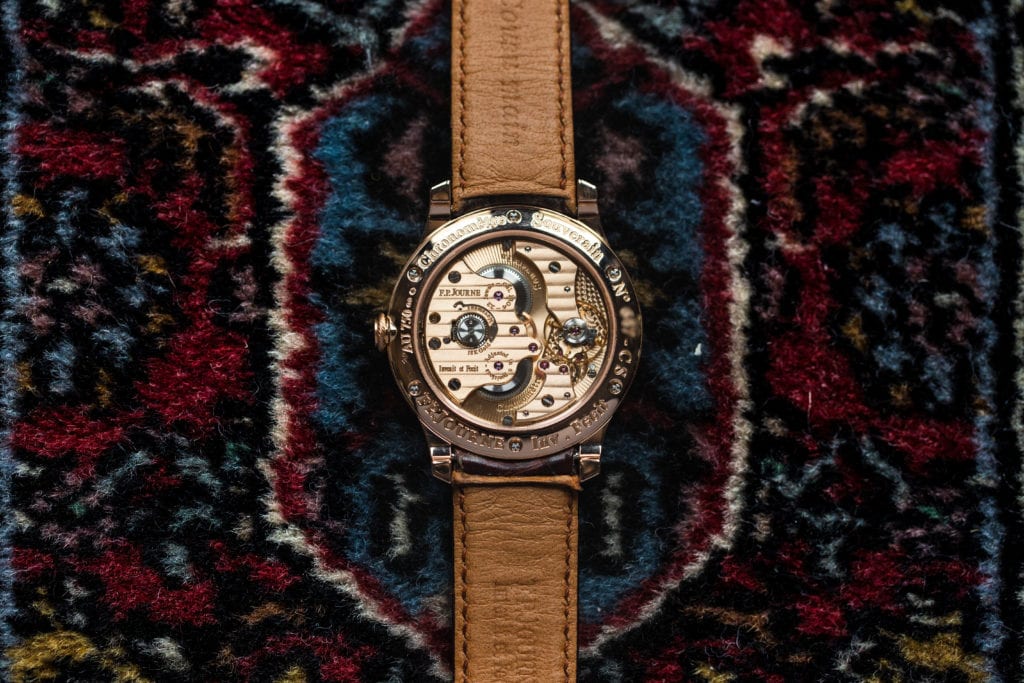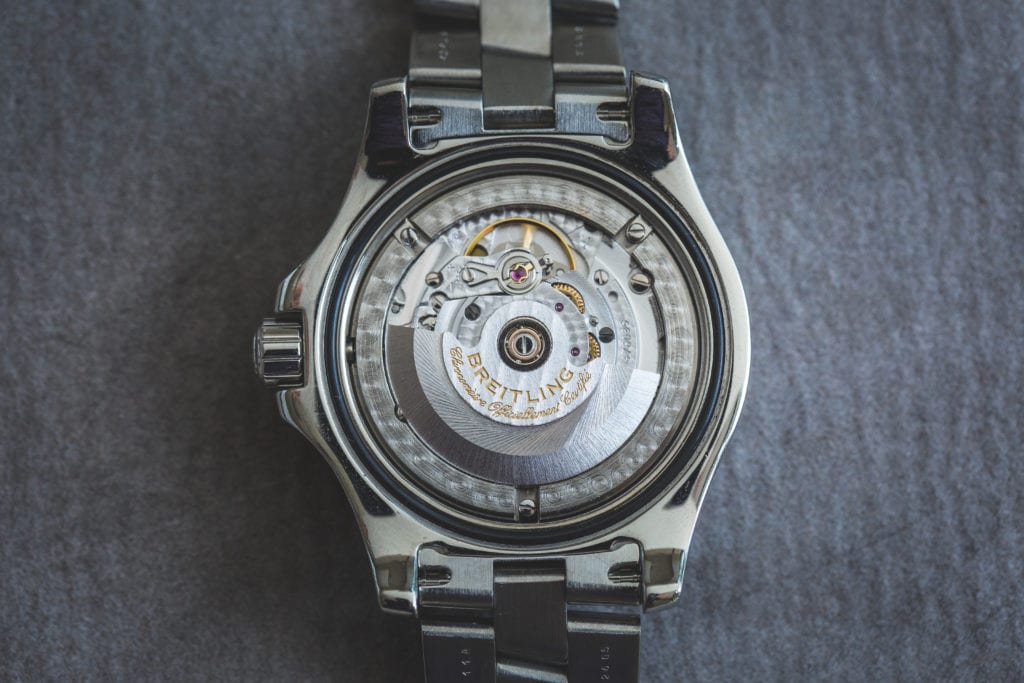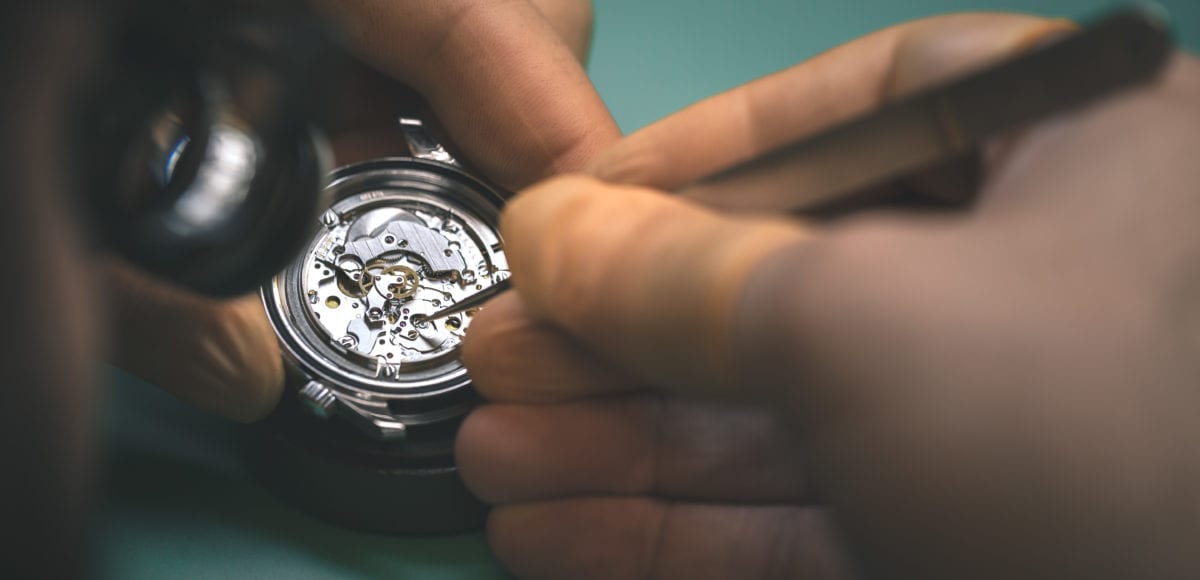In all your reading and research about watches, you may have come across the term “jewels.” No, I’m not referring to diamond accents or high-level gem setting. I’m talking about the watch movement. In fact, if you have or have seen a watch with an exhibition caseback, you may very well have noticed the word “jewels” or jewels themselves. At a glance, you may have assumed this is just another piece of watch jargon. That jewels are the name watchmakers have given to a particular component of the watch. In actuality, these jewels are indeed jewels – rubies to be exact.
Now, we know and understand why a watchmaker would put jewels on the exterior of a watch. They’re a component of the design. However, this element is highly visible. So, why would a watchmaker use jewels in the interior of a watch if not for splendor? You might be surprised to learn, jewels can be just as functional as they are fashionable.
Implementing Jewels in Watchmaking

An English watchmaker named Peter Debaufre was the first to patent the application of jewels in watches and clocks back in 1704. Still, experimentation with jewels in watchmaking predates that. This means that craftsmen have being using jewels in watchmaking for well over 300 years. For centuries, their purpose has remained the same, to solve one of the most common problems a watchmaker encounters: friction. Metal parts primarily comprise watches. As the watch operates, many of these parts come into contact, causing friction. Lubrication is a crucial component of watchmaking. However, when it comes to the points that endure the heaviest wear and tear, common lubricants simply won’t suffice. This is where jewels come in.
Why Jewels?
Still, you may be wondering why jewels of all things were the object of choice to reduce friction. To help with metal on metal friction, watchmakers needed to find a material that was harder than metal. Jewels fit the bill, but only certain jewels. As you may already know, the hardest jewels are diamonds. However, they’re not the most cost-effective. Second to diamonds are rubies and sapphires. In addition to their sturdy and robust makeup, they’re cheaper, but cheap is a relative term. In their early application, it was quite difficult to procure the jewels needed. Thus, the number of jewels a watchmaker used in a particular movement was a strong indicator of the perceived quality of the watch.

At times, watchmakers took advantage of this. They would implement jewels where they weren’t absolutely necessary just to inflate the value of the watch. Then, in the early 20th century, a man named Auguste Verneuil developed a simple method for producing these jewels synthetically. Today, they can be expressly made for use in watchmaking. This has cut down on the cost immensely. However, even synthetically produced jewels can be rather labor intensive to create. After being grown in a lab, they must still be milled, sawed, and polished into the right shapes for watchmaking.
Different Types of Jewels and Their Application
Dozens of intricate parts comprise any given watch movement. These parts interact with each other in different ways, necessitating different types of jewels. In the average, time-only mechanical watch, there are roughly seven to twenty-three jewels. It’s interesting to note that hand wound movements tend to require fewer jewels than automatic ones. However, if a watch has a complication, it will also have more jewels. For instance, once of the most complicated watches in the world, the Vacheron Constantin Reference 57260, contained 242 jewels. Regardless of the type of movement, there are five primary types of jewels. The two most common are hole jewels and cap jewels, which are often paired together. You’ll find them used as pivot bearings on the staff pivot, for the center wheel, and in the escape lever, fourth wheel, third wheel, and escape wheel.

In addition, there are pallet jewels, which are primarily used in the escape lever pallet. Then, there are roller jewels used at the connection point between the escape wheel, pallets, and the pallet fork. Lastly, there’s a single impulse jewel used in the balance wheel assembly.
Get More Articles Like This in Your Inbox
We're constantly creating great content like this. So, why not get it delivered directly to your inbox? By subscribing you agree to our Privacy Policy but you can unsubscribe at any time.






